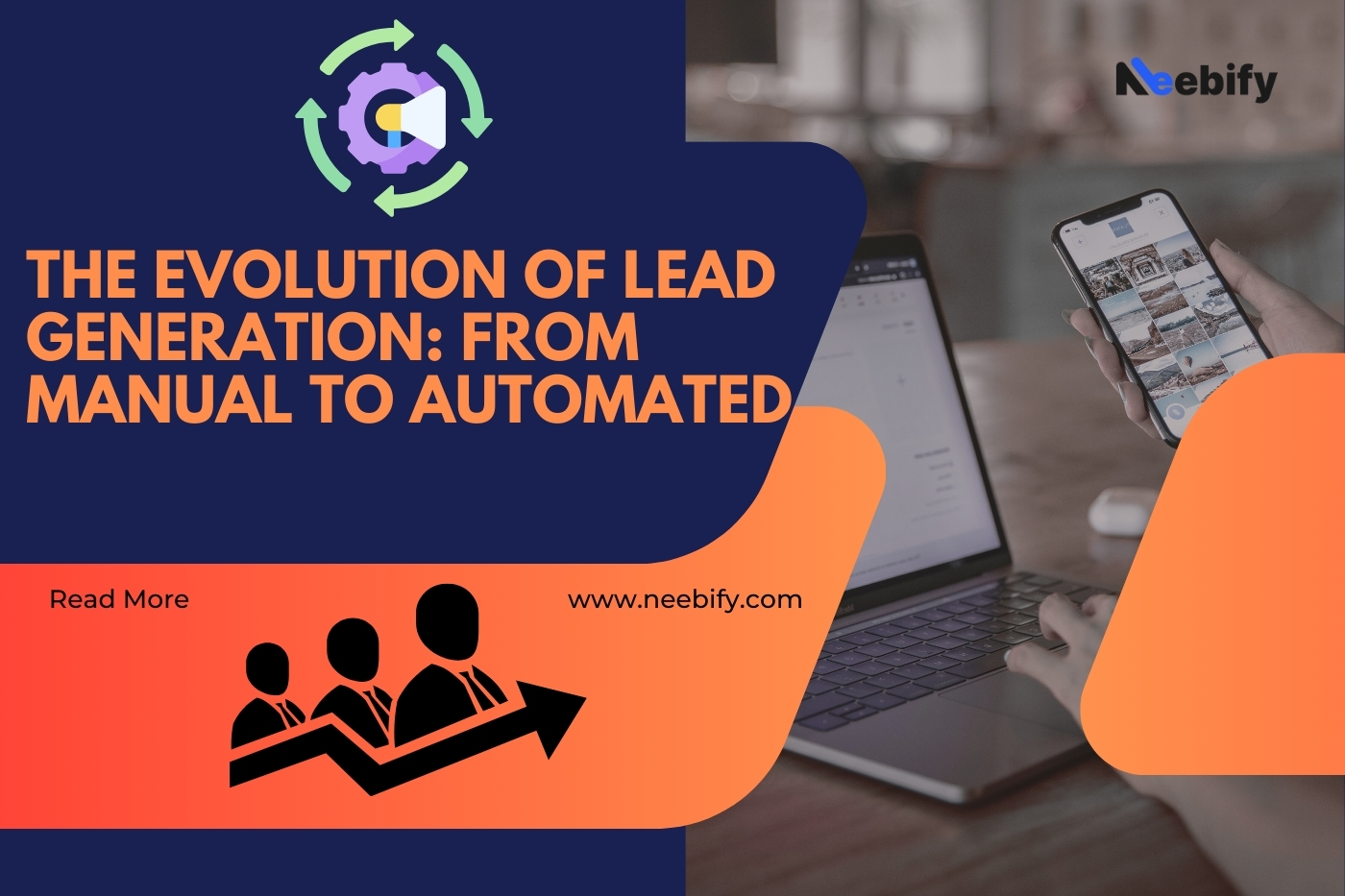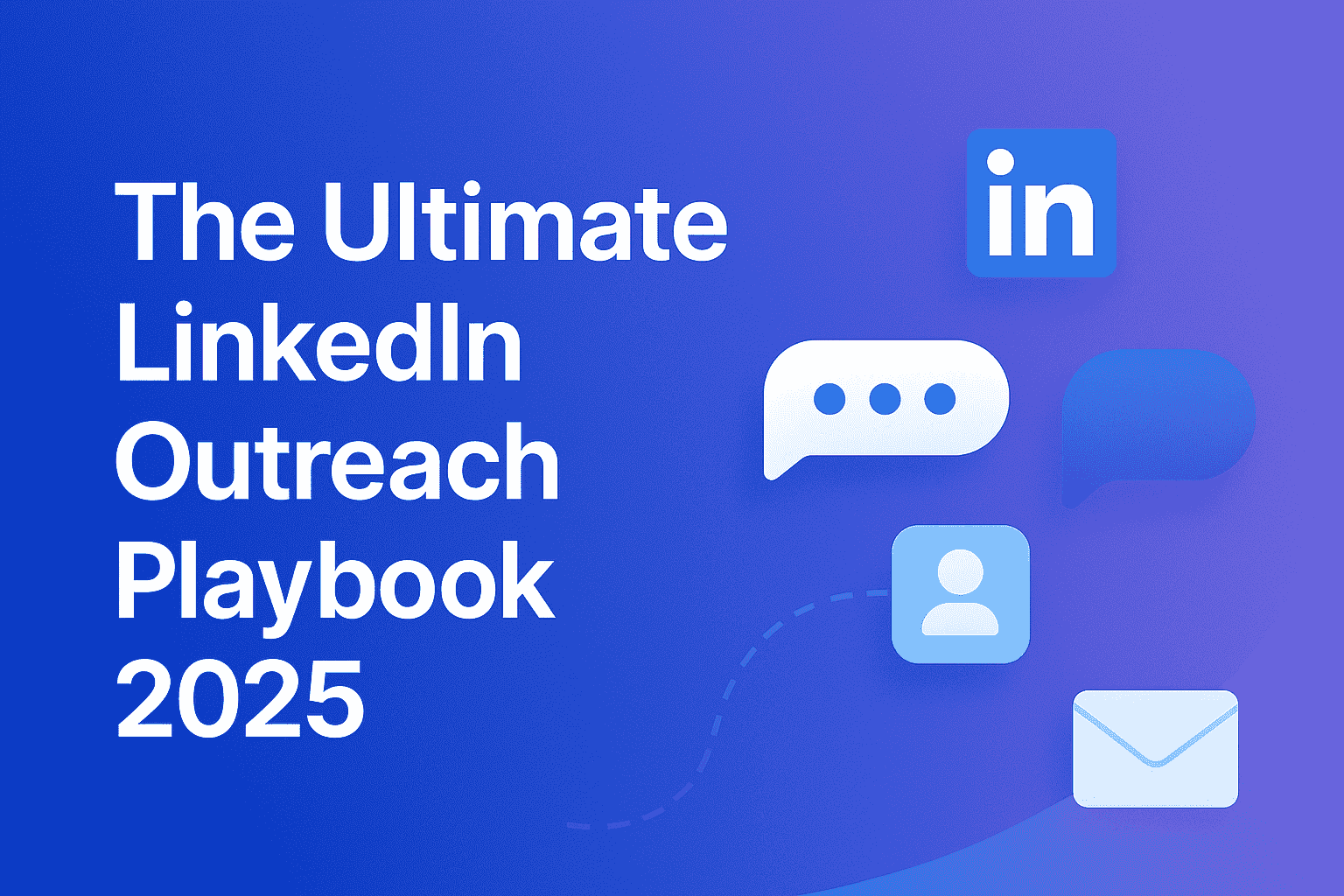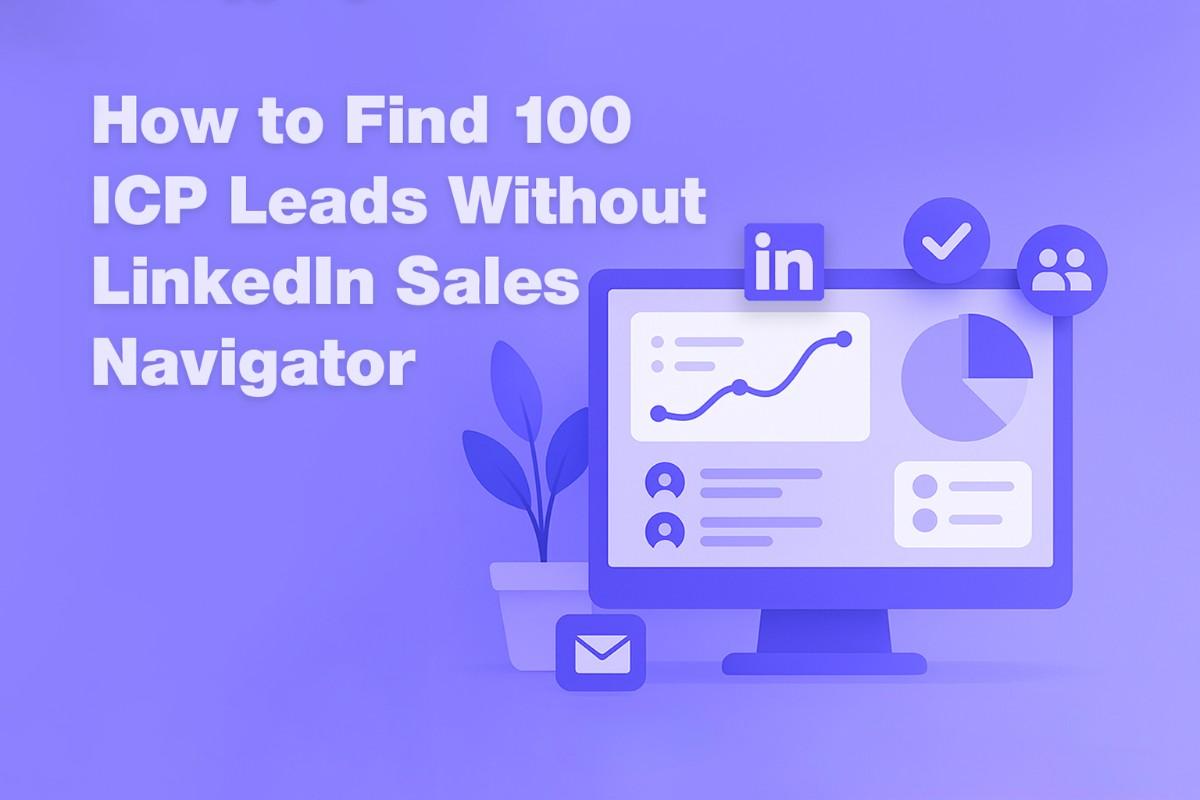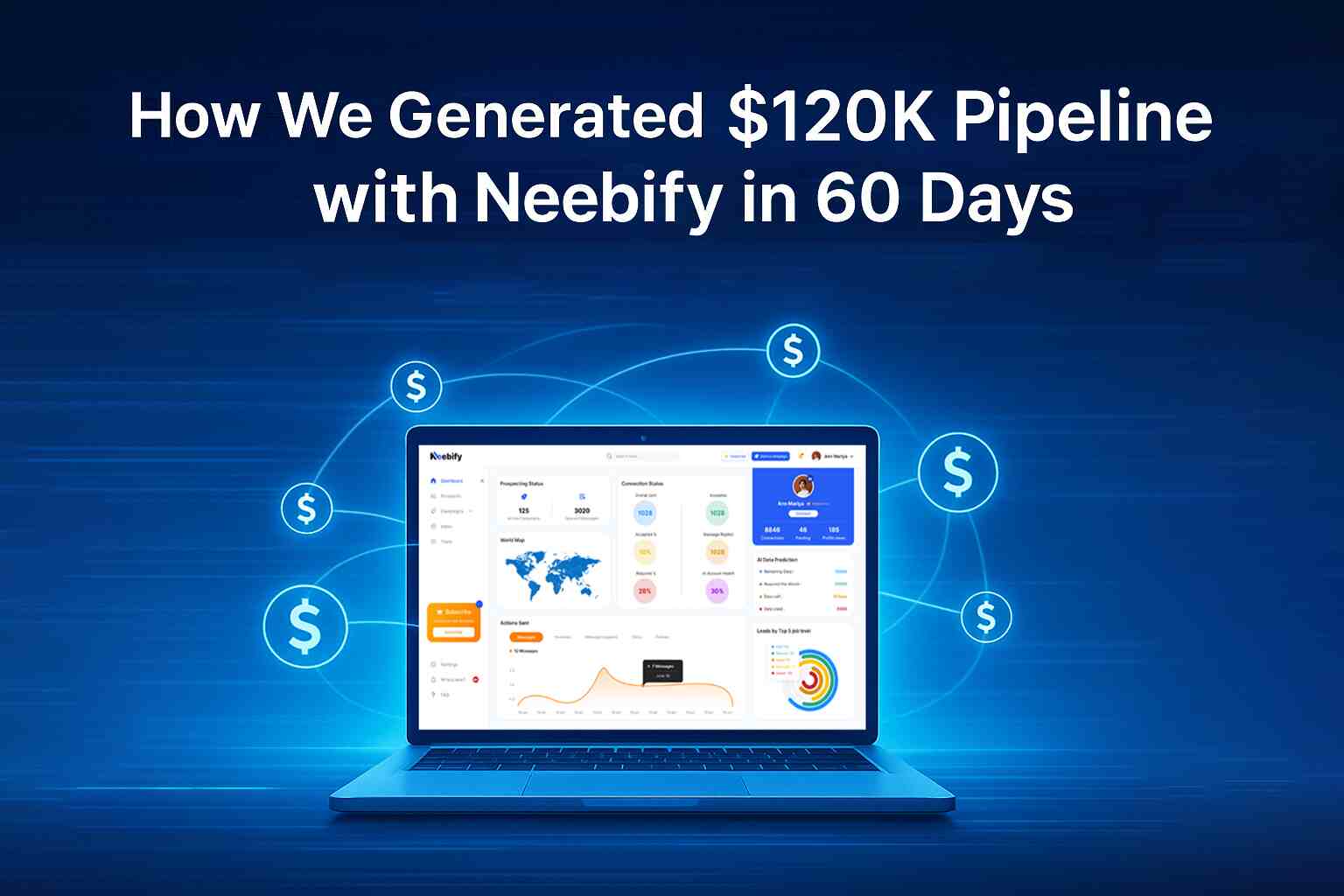Table of content
Introduction: Understanding Lead Generation
Lead generation encompasses the process of identifying and attracting those potential customers who would most likely be interested in the products or services provided by a company. Traditionally, businesses have used many different manual approaches to generate leads, which range from cold calling and direct mail to networking events and face-to-face meetings. However, over the years, with the pace and penetration of digital marketing and newer technologies, lead generation has undergone a sea change, with automation being a given.
Traditional Techniques of Manual Generation of Leads
Manual generation of leads, common for many decades, involves much human effort, personal interaction, and direct communication. The traditional techniques include:
Cold Calling and Direct Mail: This is when, prior to the digital times, sales representatives relied on cold calling lists of prospects in hopes of converting them to leads. Similarly, direct mail sends promotional materials right to the physical address of the prospect.
Networking Events and Trade Shows: This would involve a firm investing its time and resources in attending or hosting networking events, trade shows, and conferences to develop relationships with potential customers. Through this method, personal selling skills and in-person engagement were an essential part of the process.
Referrals and Word of Mouth: Customer referrals and word-of-mouth recommendations remain one of the strongest ways of acquiring leads. Unfortunately, this is also the spottiest and most difficult channel to scale.
Print Advertising and Mass Media: Printed advertisements, along with television and radio commercials, were other avenues of reaching the masses with the hope that someone who was interested in the products or services advertised would capture the lead.
The major catch in using these manual methods of generating leads, though effective for their time, lay in a host of disadvantages-high cost, engagement of huge time, limited reach, and difficulty in measuring the effectiveness of campaigns.
The Digital Shift: Towards Automated Lead Generation
So far, lead generation once reached that bend when the internet and digital marketing began to rise. To this end, leading businesses started making full use of advances in technology to find, attract, and engage prospective customers with greater efficiency. The path for automated lead generation was thus laid.
Email Marketing and Online Forms: Email marketing initiated a new era in which companies were able to send target-specific messages to hundreds of thousands of prospects. Online forms on websites and landing pages allow companies to capture contact information from those visitors interested in their offerings.
Search Engine Optimization and Content Marketing: SEO and content marketing were some of the ways through which organic traffic was driven to their websites. This was realized through the optimization of web content in order to make it search engine friendly, availing value to audiences for better capture and conversion of leads.
Social Media and Pay-per-Click Advertising: Social media networks like Facebook, LinkedIn, and Twitter developed as strong channels for reaching prospects. PPC ads on Google and social media platforms made targeted reach to the desired demography, further enriching lead generation efforts.
Marketing Automation Tools: Along came the marketing automation tools like HubSpot, Marketo, and Pardot, which could enable the functioning of businesses by automating routine tasks such as email campaigns, posting on social media, and lead scoring. These tools drastically decreased human effort while generating leads and enabled more effective targeting of marketing efforts.
Understanding Automated Lead Generation: Key Features and Benefits
Automated lead generation, in simple terms, refers to the use of technology to make locating, attracting, and nurturing prospective customers more efficient. In this approach, a wide array of digital tools, software, and platforms are applied in managing and automating marketing activities. Key features of automated lead generation include:
Scoring and Segmentation: Through algorithms, automated systems can score leads based on behavior, interaction, and the level of involvement a lead exhibits. This, in turn, helps in prioritizing the leads so that sales teams can strategically focus on the most promising prospects.
Personalized Marketing Campaigns: Automation allows companies to run very personalized marketing campaigns with user data and behavior in mind. This helps with getting engagement and boosts conversions.
Real-time Analytics and Reporting: Automated lead generation offers real-time analytics and reporting to help track the performance of campaigns and understand customer behavior for data-driven decisions.
Benefits of Transitioning Lead Generation from Manual to Automated
The transition of lead generation from manual to automated has been beneficial in many ways, changing the way businesses attract and convert prospects. Now, let's dive into its details:
More Efficiency and Productivity: Automated lead generation tools mean fewer repetitive tasks-for example, data entry, follow-ups, and scheduling-by a sales and marketing team. This frees them up to concentrate on higher-value work, such as relationship-building with qualified leads and closing deals.
Improved Accuracy and Consistency: There are a number of errors that can occur, and inconsistencies can arise when volume is high with manual lead generation. Automation reduces human errors to the barest minimum and provides consistent communication and engagement with prospects.
Better Quality and Targeting of Leads: Automation allows for advanced scoring and segmentation of leads, hence allowing a business to reach an audience that best fits with the right message at the right time, thus improving the quality of leads and giving a higher chance of conversion.
Scalability and Flexibility: Automated lead generation means scalability, not necessarily with a proportional increase in workforce. Automation tools can handle large volumes to extend marketing efforts to newer markets or demographics.
Data-Driven Decision Making: Automation of some very valuable insights into customer behavior, campaign performance, and ROI forms a backbone for data-driven decision-making. Your business can decide on this data; you will be able to optimize your strategies and use resources more effectively.
Cost-effectiveness: Yes, there is an initial investment in automation tools and software, but all in all, automated lead generation reduces costs by minimizing human labor involvement, reducing the sales cycle, and improving lead conversion rates.
Faster Response Time: These automated systems can respond to inquiries and engage leads instantly, hence greatly enhancing customer experience and maximizing the chances of closing the deal. Quick responses are paramount in these days of fast movement in the world of digital communication, where prospects expect instant gratification from their ends.
The Future of Lead Generation: Emerging Trends in Automation
As technology is evolving day by day, so does lead generation. Following are some of the emergent trends in the field of automated lead generation:
Artificial Intelligence and Machine Learning: Artificial intelligence-powered tools are in great demand for uplifting strategies in lead generation. These tools can analyze large volumes of data, recognize patterns, and predict customer behavior for more effective targeting and personalization.
Chatbots and Conversational Marketing: Chatbots have emerged as the hot tool to engage website visitors in real time and answer their queries while walking them through the sales funnel. Conversational marketing focuses on personal interactions with leads over chat, social media, and messaging applications.
Account-Based Marketing (ABM): ABM targets certain high-value accounts with very focused marketing. Automation tools allow businesses to scale ABM strategies and thus deploy personalized content and messaging to key decision-makers.
CRM Systems Integration: This includes smooth integration between lead generation tools and CRM systems to better transfer and manage the data while aligning sales and marketing teams.
Voice Search Optimization and Voice Assistants: With the uprising of voice search and voice assistants like Alexa and Siri, businesses are obliged to commence the optimization of their content and generation of leads to voice search queries. This surely is a growing trend as voice search gets more and more traction.
Conclusion: Embracing the Future of Lead Generation
Lead generation has transformed from a manual process to automated ones, therefore bringing about a revolution in the way businesses attract, engage, and convert prospects. Automation brought different kinds of benefits that range from a rise in efficiency, quality of leads, decisions founded on data analysis, and cost-effectiveness. With advancement and development in technology, those businesses that adopt automated practices and capitalize on emerging trends in the marketplace will surely prove to be the ones that prosper with time.
By accepting these changes, companies can adjust to improve the generation of leads and create a more complete marketing strategy for growth and success in the digital era.
Get your next meeting in a
matter of minutes.
Free Trial
Latest
The Ultimate LinkedIn Outreach Playbook 2025
A practical, modern guide to mastering LinkedIn outreach in 2025 — learn how to boost reply rates, p
12/1/2025How to Find 100 ICP Leads Without LinkedIn Sales Navigator
Generating 100 targeted ICP leads doesn’t require LinkedIn Sales Navigator. Learn how to leverage fr
11/28/2025


